In the ever-evolving world of desktop monitors, the competition has never been fiercer. Every year, new models flood the market promising sharper images, faster refresh rates, and slicker designs. But when it comes to real-world productivity, what really matters? Clarity, comfort, and reliability—things you often find lacking when manufacturers chase gimmicks over substance.
That’s why Philips’ latest launch of their new 4K monitor lineup caught my attention. With four new models—27E1N1800A, 27E1N1800AE, 27E1N1900AE, and 32E1N1800LA—Philips is clearly aiming to hit the sweet spot for professionals and serious users who want solid, dependable performance without breaking the bank. These monitors might not come with flashy marketing buzzwords or insanely high refresh rates, but they deliver on the fundamentals every office or home setup needs.
Why 4K Matters for Productivity
Let me start by saying that 4K is no longer a luxury—it’s quickly becoming the baseline for professional monitors, especially if you deal with detailed graphics, spreadsheets, or multitasking. The leap from Full HD (1080p) to Ultra HD (3840×2160) is transformative. On a 27 or 32-inch screen, 4K means crystal-clear text, sharper images, and more screen real estate to fit multiple windows side by side.
Philips understands this well, equipping all four new monitors with UltraClear 4K UHD resolution. Whether you’re a designer working on CAD models, an analyst deep in Excel sheets, or a writer juggling multiple documents, the ability to see everything crisply reduces eye strain and makes your workflow smoother. This sharpness isn’t just about aesthetics—it fundamentally changes how comfortably and efficiently you work.
A Look at the Four New Models
At first glance, the model names might seem a mouthful—27E1N1800A, 27E1N1800AE, 27E1N1900AE, and 32E1N1800LA—but beneath those alphanumeric codes lie monitors designed with clear intent.
The three 27-inch versions share many traits: IPS panels for wide viewing angles and consistent colors, HDMI and DisplayPort inputs, and smart features that adapt to your work environment. The 32-inch 32E1N1800LA, on the other hand, swaps the IPS panel for a VA panel, offering deeper contrast and richer blacks—something to consider if you do a lot of video editing or content consumption besides work.
One feature that stood out to me is the inclusion of SmartContrast technology. This automatically adjusts brightness and color settings depending on what’s on the screen, enhancing contrast dynamically. For example, darker scenes in videos pop without your having to tweak settings manually, and even documents get easier on the eyes when the monitor adapts naturally to ambient light and content.
USB-C Connectivity: A Game Changer
In the age of sleek laptops and minimalist workspaces, the presence of USB-C ports on monitors is increasingly vital. Out of the four, the 27E1N1900AE includes a USB-C port, which can transmit video, data, and power through a single cable. For anyone with a modern MacBook Pro, Dell XPS, or any USB-C equipped laptop, this means fewer cables cluttering your desk and faster setup.
If you’re like me and you often switch between work locations or just want to keep your desk tidy, having USB-C on your monitor isn’t a nice extra — it’s becoming an essential. For those who rely on Amazon or Best Buy for gear, this feature alone might help narrow down the choice.
Eye Comfort Is Front and Center
One thing that Philips clearly emphasizes—and something I truly appreciate—is eye comfort. After staring at screens for hours, your eyes can feel fatigued, strained, and dry. Philips tackles this with technologies like flicker-free backlighting and LowBlue mode, which reduces harmful blue light emissions.
Flicker-free technology means the screen brightness is adjusted smoothly without the subtle flickering some LED displays suffer from. This invisible flicker can cause headaches and eye strain over long sessions. Meanwhile, LowBlue mode shifts the light spectrum away from short-wavelength blue light, known to disrupt sleep and cause discomfort.
Together, these features show Philips isn’t just focused on specs but on real human factors—how you feel after a full workday. This makes their 4K monitors a worthy investment, especially compared to cheaper displays that overlook eye care.
Design and Build: Subtle but Thoughtful
The aesthetics of these Philips monitors lean towards the professional side—clean, minimal bezels, sturdy stands, and a matte finish to reduce glare. Nothing over the top, but every detail feels deliberate.
One feature I noticed: the packaging is 100% recyclable, and Philips incorporates energy-saving certifications like RoHS compliance and low power modes. With electricity bills on the rise, especially in parts of the US, this shows Philips is considering sustainability as well as your wallet.
Where to Buy These Monitors in the US
If you’re in the market for any of these monitors, you won’t have trouble finding them. Philips products are widely available on popular US retail platforms like Amazon, Best Buy, and Newegg. Amazon, in particular, often offers competitive pricing, quick shipping, and detailed user reviews that can help you decide which model fits your needs best.
Best Buy stores sometimes stock these models for in-person testing, which is invaluable if you want to see the screen quality firsthand. For professionals looking for bulk orders or enterprise solutions, Newegg’s business platform is worth exploring for discounts and warranty options.
A Balanced Approach in a Crowded Market
What I admire about this Philips lineup is how it cuts through the noise. The desktop monitor market is flooded with ultra-wide, curved, and gaming-centric options. These monitors certainly have their place, but they’re not designed for everyone, especially those prioritizing productivity and comfort.
By focusing on solid 4K resolution, eye-care features, and smart contrast technology, Philips is delivering monitors that do what most people actually need—clear visuals, less eye strain, and flexible connectivity. And they’ve priced them competitively, starting around \$249 for the entry-level 27-inch models, which is a sweet spot in the US market.
If you’ve been hesitating to upgrade from an aging 1080p display, this new Philips series offers a compelling reason to step up without the sticker shock.
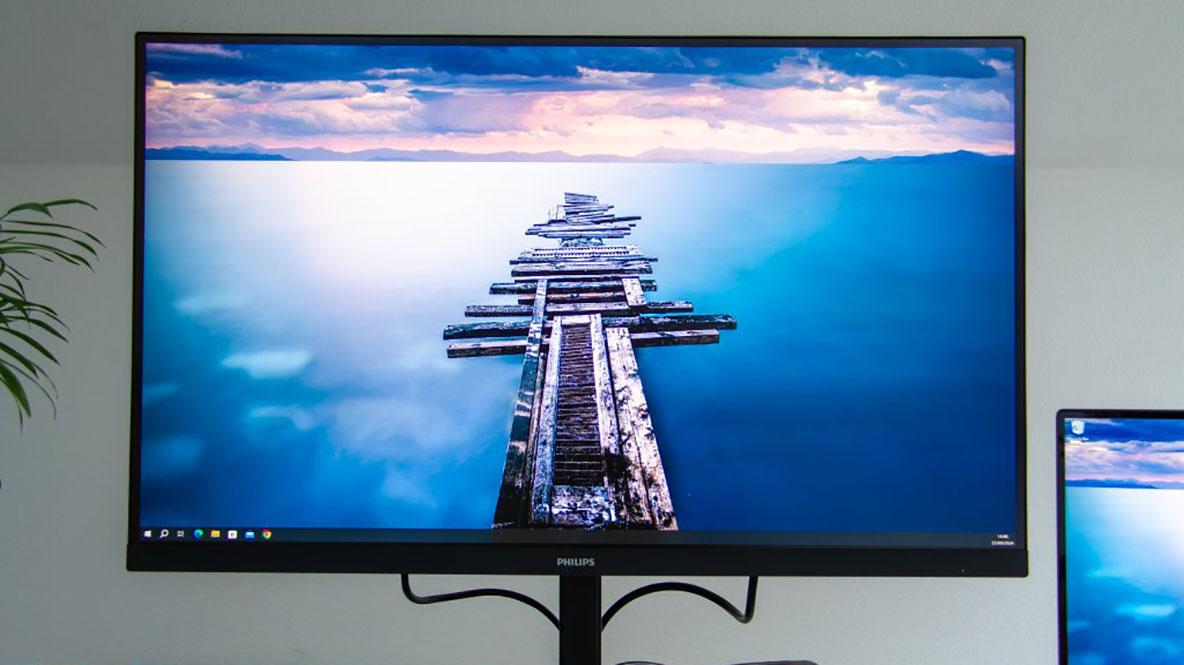
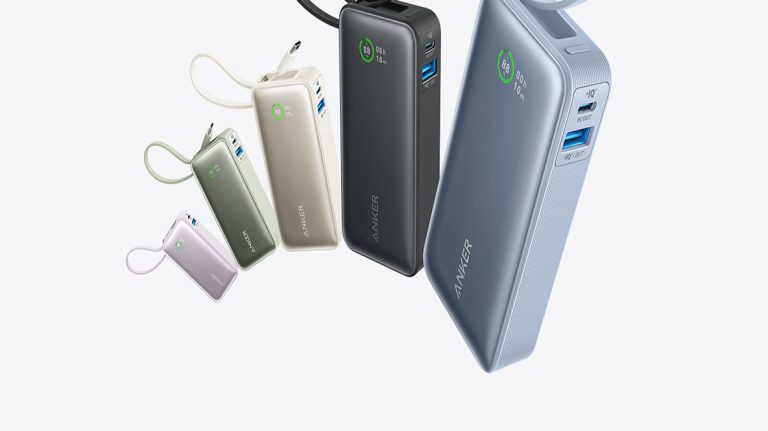
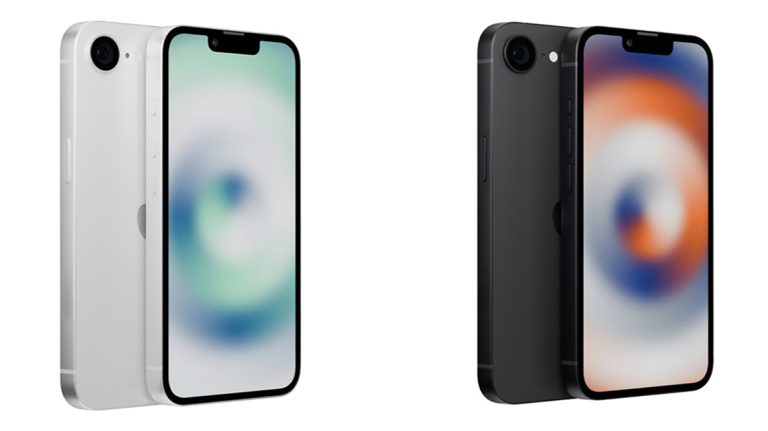

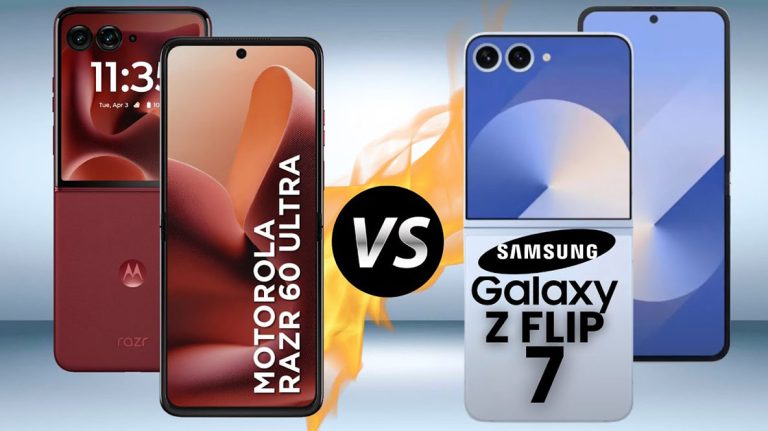
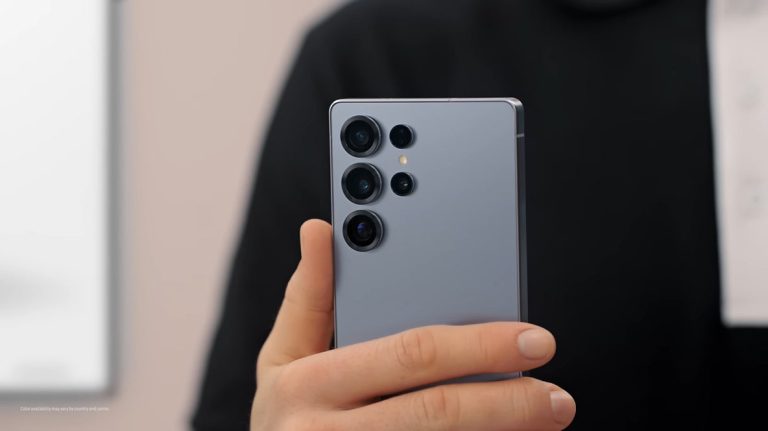
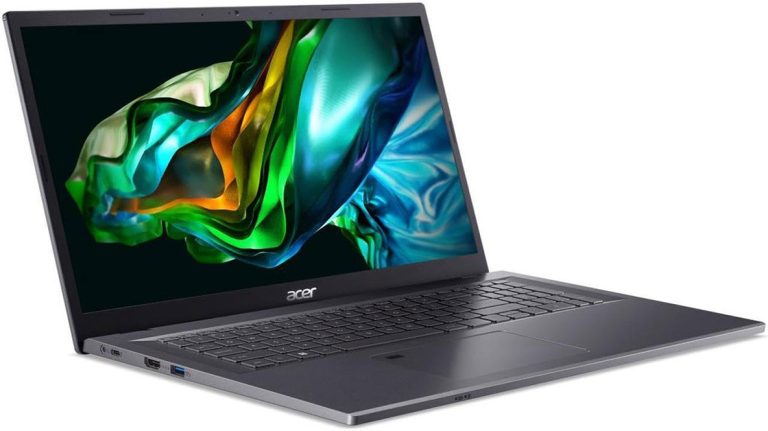

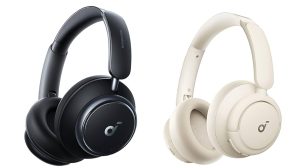

+ There are no comments
Add yours